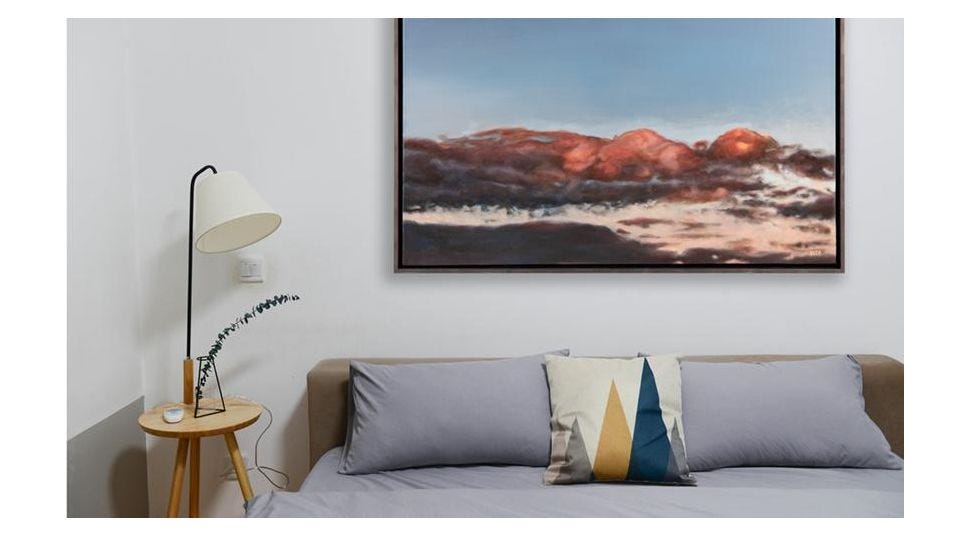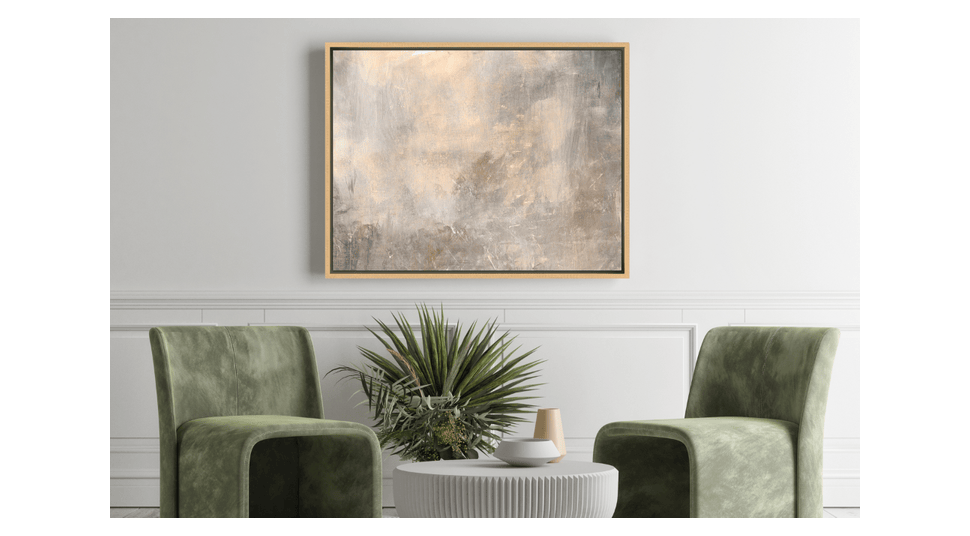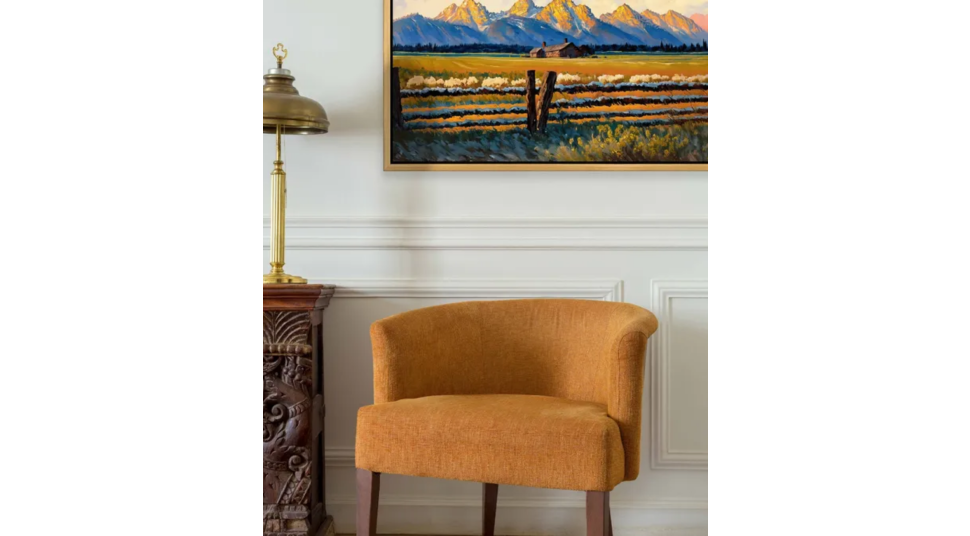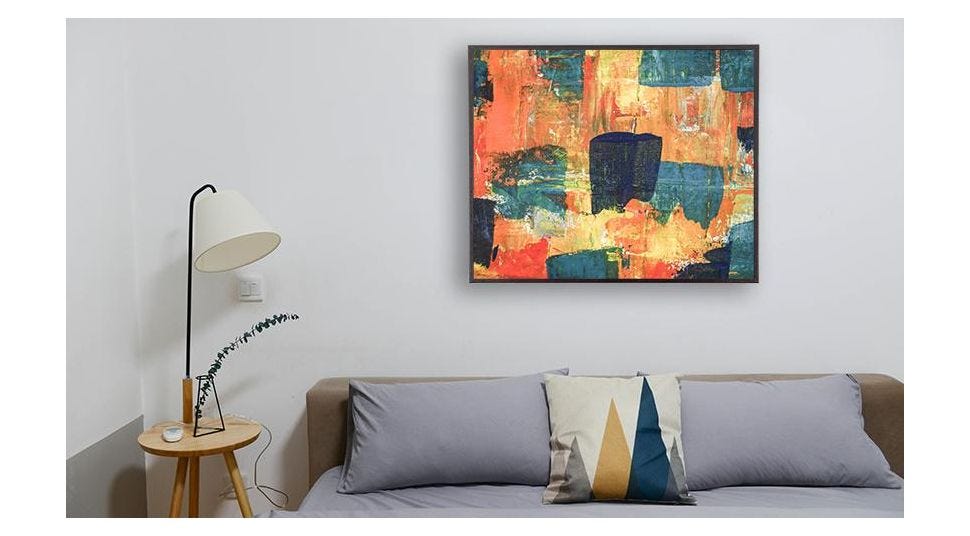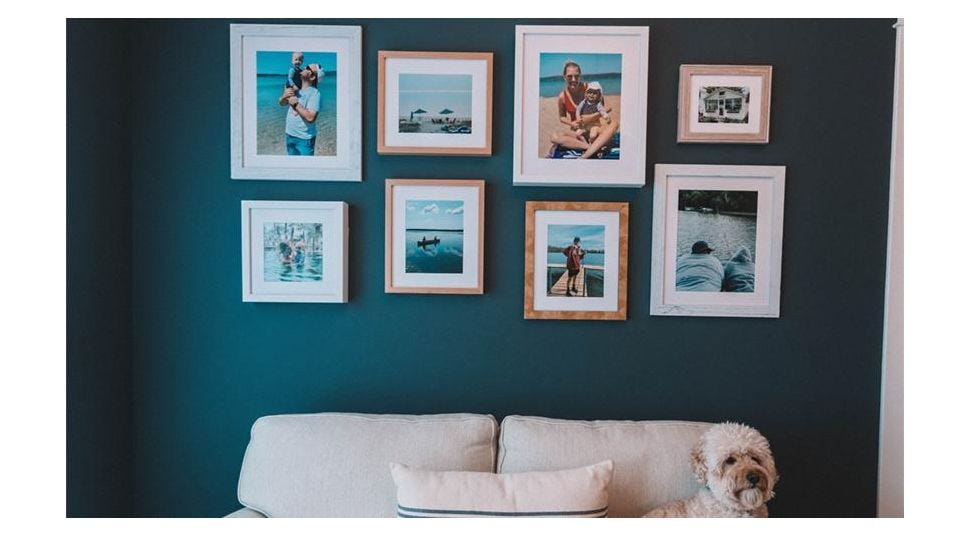How to Frame Artwork: Oil Paintings
Oil painting as a medium is steeped in rich history and universally appreciated. It has served as the most common technique for artistic painting on wood panel or canvas for centuries—beginning in Europe and spreading around the world. Although the process of creation is often a slower one, given the time needed for individual colors or layers to dry, oil painting offers the distinct advantages of flexibility, richness of color and overall density. Today, oil paintings remain as relevant and popular as ever.
For oil painting artists and buyers alike, the approach to framing these pieces is unique. To help identify the best framing treatment for your oil painting, consider the following tips and insights from our experts.
Proper Drying Time
Oil paint is quite a delicate medium—one that takes significantly longer to dry than alternatives like acrylic paint. Due to the oxidation process, it could take days or even weeks for your oil painting to fully cure and dry. This is an important consideration to make before applying any type of framing treatment. Prior to doing so, it’s necessary to ensure the work is completely dry.
To optimize the drying process, place the completed piece in a room with plenty of ventilation, airflow and temperature control, and without excess humidity. Keep away from areas with extra dust or dirt so as to protect the piece from accumulating or trapping these particles as it dries. There’s no set time limit on drying, as different pieces will oxidize faster or slower based on their individual properties (e.g., thickness and layering of the oil paint) as well as the existing climate of the space. It’s always best to play it safe and overestimate the amount of drying time before placing the piece into a frame.
Aesthetic Appeal
When it comes to deciding which type of frame will best suit your oil painting, you’ll want to match the overall aesthetic of your work and opt for a treatment that supports your desired look. Remember, there is more than one type of frame type, material and color from which to choose. For starters, you have a choice between wood or metal. Both are popular options that feature different characteristics and benefits.
These days, oil paintings are typically constructed on canvas. For reference, oil paintings on stretched canvas can be framed in one of three basic ways:
- A back loader is the traditional or typical option used for framing. The canvas is placed into the frame from the back and held in place by various means.
- A front loader, or float frame, receives the canvas from the front of the frame. The canvas is usually held in place by screws through the back of the frame and into the stretcher bar.
- A metal frame receives the stretched canvas by sliding the stretcher into channels in the sides of the frame.




The back of backloader metal and wood picture frames. When choosing your frame ensure the rabbet is deeper than your stretcher bars.
For a truly minimalist approach, metal canvas float frames are ideal. There are also canvas depth frames ranging from standard to extra deep.
American Frame offers the ability to view your oil painting within various types of frames to get a feel for how the finished piece will look before making a decision. Simply upload your image and preview it within each frame treatment as you browse the collections. You can also order free samples for an even more tangible experience of selecting the best frame.
Depth of Canvas
Accommodating the depth of an oil painting on canvas is best accomplished through custom framing options that can be sized to specific measurements. Ensure the frame you select supports the depth of your canvas, or consider the use of a float frame for the piece.
Float frames are named for the slight space or “float” that exists between the canvas and the inside edge of the frame, giving the art a recessed perspective. These frames are attached to the canvas from the back, as opposed to covering the image with a lip on the front. As such, a float frame exposes 100% of the oil painting to the viewer. It also provides a sophisticated and graceful separation between the frame and its surroundings, which is why this style is often leveraged in contemporary settings.
If you’re going this route, choose a frame with a depth that is appropriate for your tastes. In other words, do you prefer the canvas to sit into the frame or protrude forward? The answer will dictate how deep of a float frame you’ll need.
Consistent Spacing
An important aspect of float framing an oil painting on canvas is correct spacing, as you don’t want misalignment to detract from the overall appearance of the piece. This has to do with accurate measurements and the proper supports for even spacing.
When measuring a stretched canvas, be sure to include the areas where the canvas is folded over, as folds can add up to ¼″ to the overall measurement. If you measure the stretcher bar before the canvas is attached, the finished canvas will not fit inside the float frame properly. If you prefer a relief around the canvas, measure the finished canvas and add in the additional amount for the relief on all sides. We add an automatic ¼” for relief for any frames ordered through our website.
Many artists create their larger oil painting works on canvas, and not all frames for oversized pieces can be received fully assembled—or the artist may simply prefer a DIY approach. In these cases, the frames must be assembled manually. Metal options make the process easier, while wood frames require the use of shims.
To ensure consistent spacing within a wood frame, move the canvas around in the frame until there is even spacing on all sides. Once the piece is centered in the frame, use shims (spacers made from cardboard, styrofoam or wood pieces) to keep the canvas in place while attaching it from the back. After adding the shims, double check that the canvas is still centered and adjust as needed before drilling the holes and attaching the frame screws.
Framing Partner
Perhaps the most consequential of the considerations you must make with regard to framing an oil painting is your choice of framing partner. It’s important to use a trusted custom framing company that offers the best of both worlds: high quality and economical pricing.
If DIY is your preference, ensure you find a partner that supports this option fully. At American Frame, we’ve taken a task that was historically considered a high-level professional effort and made it simple and accessible for pros and hobbyists alike. Plus, we’re always here to guide you, so you don’t have to fear the process.
Above all, remember that your oil painting deserves a framing treatment worthy of its beauty and value. By leveraging the tips provided here, you’re well positioned to make an ideal selection and apply the proper technical elements for framing your oil painting in the best way possible.

